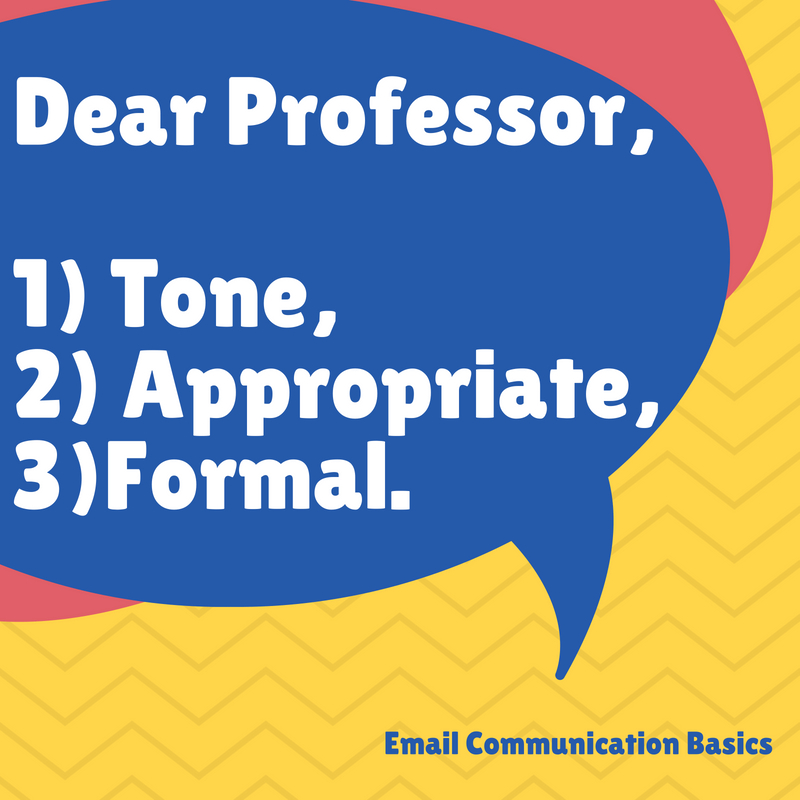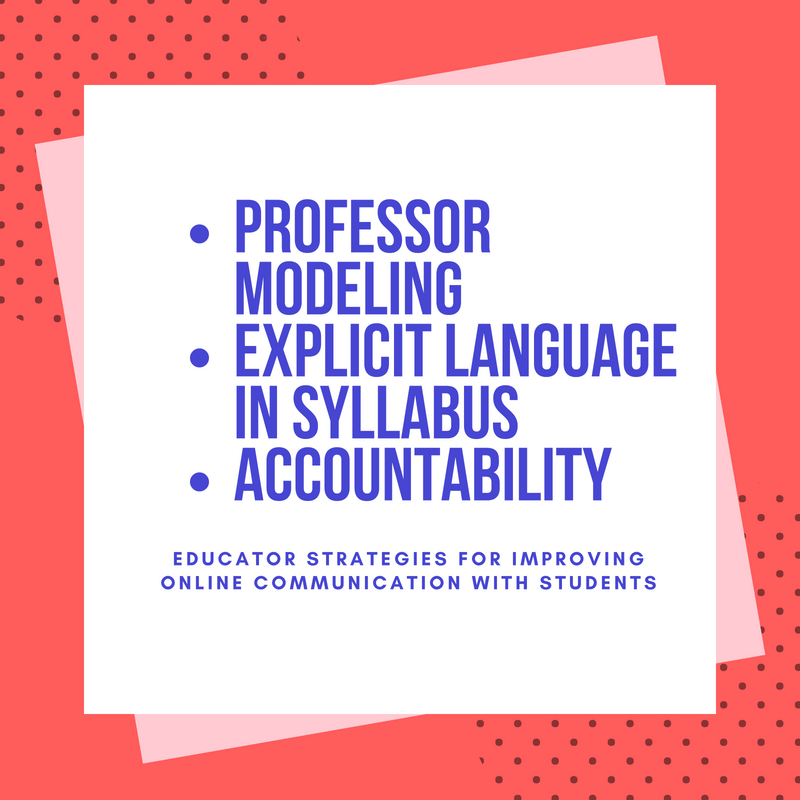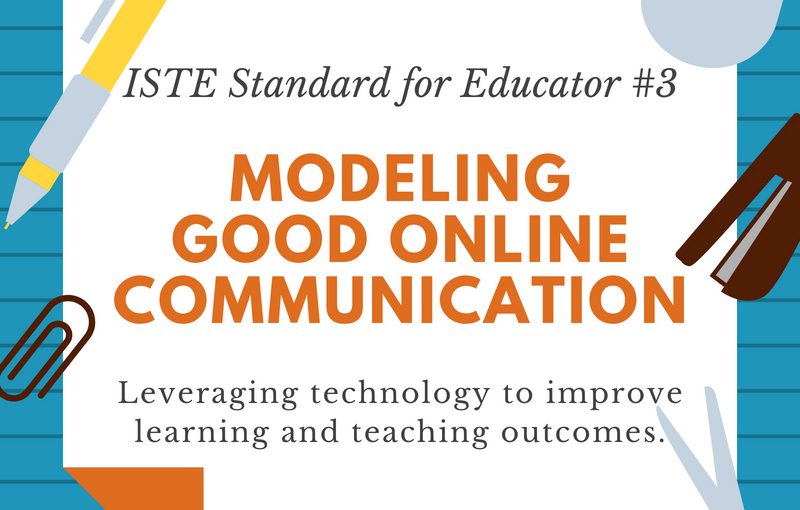I have a dilemma. No one comes to my office hours anymore. I made this realization years ago when I would find myself alone in my office, staring at the clock, waiting for my “shift” to be over or filling that time with grading and lesson planning. On average, I’d probably have 1-2 students come see me before the end of the quarter and it was usually because the situation was dire. Later, I changed my approach to be more flexible. I didn’t have fixed office hours so that students could make appointments with me that better accommodated both schedules. Students would approach me either in class or via email to set up an appointment time. For a time, this strategy worked very well to catch struggles and issues earlier on. Despite all of these efforts to be available for students, resolving major issues, addressing prolonged absences, and discussing successful study strategies are not what the typical student emails me about. Now, students email me about anything and everything.
It wouldn’t be too bad filtering through emails, if students also didn’t have the expectation that professors respond to any email with 48 hours, during which all of the responsibility for investigating that question gets placed on the instructor. “I wasn’t sure what to do, I was waiting for a response from you,” is the usual response I get if I was too busy to answer a non-urgent email. It’s difficult not to become frustrated in this scenario when about 2.5 hours of my day is spent answering emails. With work-life balance considered, that means that ¼ of my day is spent unproductively. During that time, I could have been working on assessment, lesson planning, or updating content with current research.
This is not the only email communication concern I have. At least three times a quarter, I need to gently correct the students that choose to address me by my first name as opposed to my professional title- Professor Vlad-Ortiz. To their merit, once corrected, students do not repeat that mistake. What happens far more often is unclear communication and informal tone. Emails starting in “I need you to…”, or “lift my registration hold…” demonstrates a misunderstanding of the formality needed to address faculty. Rather than phrasing their request politely, it reads more like a demand. Because of the implications and expectations loaded into each of these emails, it is important to investigate and address appropriate strategies for teaching effective email communication to students.
Why is all of this important? Understanding how to properly communicate online, including email, is part of good digital citizenship. The skills of knowing email appropriateness, tone, and formality are essential to be successful in the 21st century. Though there are several other caveats to good online communication, I’ve identified three basic email communication components to help students get started in practicing successful digital citizenship.

All emails to educators, regardless of their title, should be formal. The educator-student dynamic is professional in nature so communication should reflect that relationship. Addressing professors by their professional name not only establishes that formal relationship, but as Molly Worthen, Assistant Professor at University of North Carolina, explains, in a world where formality is on the decline, using a professor’s title helps to ensure respect regardless of the professor’s race, age, and gender, (Worthen, 2017). This is particularly important considering that it is the more privileged students that tend to violate this formality, (Worthen, 2017). Along the lines of respect, the tone of the email should be polite and courteous. By sending an email, the sender is asking for the professor’s time and consideration on a particular manner. Worthen brilliantly explains that requests should not sound like a text message nor communication with a customer service representative, (Worthen, 2017). As with my examples above, the professor doesn’t need to do anything, as in “I need you to lift a hold from my account,” or “I need to register for your class…” but rather understands that the sender is asking for a favor. As Mark Tomforde, Associate Professor at University of Houston, very accurately describes, professors are incredibly busy, so emails should truly represent issues that can’t be resolved through any other means. Using email to request anything and everything trival is a disrespectful of the professor’s time and expertise, (Tomforde, n.d.). Emails should demonstrate that the sender has already taken several steps to solving the problem on their own and clearly defines how the reader can help resolve that problem, (Purdue, n.d.). Ideally, the issue should be quickly resolved through one email and the sender should be able to distinguish when it is appropriate to talk in person as emails should not be substitutions for real conversations, (Tomforde, n.d.).
Role of the Educator. According to the ISTE standard for educators, the role of the educator is to “…inspire students to positively contribute to and responsibly participate in the digital world,” (ISTE, 2017). The key words in that definition are “positively contribute” and “responsibility participate”. The issues addressed above indicate that there is a weight to the actions and intentions set-forth in email and other online communication. The responsibility of the student is to create communication that is both framed positively and courteously while taking the responsibility for the resolution of the email’s request. One of the indicators for this ISTE standard charges educators to “create experiences for learners to make positive, socially responsible contributions and exhibit empathetic behavior online that build relationships and community, (ISTE 2017). Relationships and community rely on the actions of many in order to be successfully built. In building a healthy online community, we can’t expect students to just know how to behave and communicate properly. Skills are not intuitive and should be taught. In order to address this ISTE indicator, I’ve compiled three solutions or strategies can be used to reverse the current culture and promote good digital citizenship for our students.

1) Professor Modeling. Teaching digital citizenship is a shared responsibility, so it is important for educators to actively address and model proper practices on a regular basis, (Crompton, 2014). In addition to using good email etiquette when communicating with students, professors should give students opportunities to explore and practice good etiquette. This can be achieved through explicit learning. For specific examples, Helen Crompton provides three scenarios of how digital citizenship can be modeled by professors in the classroom. Another example is an activity that Mrs. Jizba created in which she has students write two emails, one to their friend and one to their principle. She engages the students in a conversation about what content, tone, and choice of words are appropriate in each scenario. This simple activity clearly demonstrates how students establish the norms of good digital citizenship through modeling and practice.
2) Explicit language in department handbook that is then repeated in syllabi. Just as there are codes of conduct at each institution, departments should include standards of conduct for online communication. In order for these standards to have impact, each faculty member should mirror these standards in their syllabi. Through these collaborative efforts, the message of appropriate online communication is clear and consistent. Both Worthen and Tomforde share their guidelines to help with standard development.
3) Holding students up to the expectations. Just as important as modeling and creating language in the department handbooks and syllabi, is holding students up to those expectations. That means addressing any violations in a gentle and professional manner. For example, when students address me incorrectly, I respond back with, “We are a formal institution and ask that students address all faculty by their professional title, in my case you would address me as Professor Vlad-Ortiz. Please know that I am telling you this not to reprimand you or make you feel bad, but simply to let you know of our institutions professional standards so that you avoid potentially offending faculty in the future.” As Worthen concludes, it’s all about treating students as adults, (Worthen, 2017). As educators, we prepare students for the real world. If we do not hold students to these expectations, they will not be successfully prepared for their future professional lives.
Resources
Crompton, H. (2014, August 28). Know the ISTE standard for teachers: Model digital citizenship. Retrieved from: https://www.iste.org/explore/articleDetail?articleid=142
International Society for Technology in Education. (2017) ISTE Standards for Educators. Retrieved from https://www.iste.org/standards/for-educators
Purdue Online Writing Lab, (n.d.) Email etiquette for students [powerpoint]. Retrieved from: https://owl.english.purdue.edu/owl/resource/694/01/
Tomforde, M. (n.d.) Email etiquette: Guidelines for writing to your professors. Retrieved from: https://www.math.uh.edu/~tomforde/Email-Etiquette.html
Worthen, M. (2017, May 13). U can’t talk to ur professor like this. Retrieved from: https://www.nytimes.com/2017/05/13/opinion/sunday/u-cant-talk-to-ur-professor-like-this.html

Catalina, I think this is a topic every college teacher has encountered. I appreciate that you point out that email etiquette is not intuitive when a student or even a professional translates their informal social email practices to their professional school discourse. While some of us prefer to have students address us on a first name basis, the importance of not only modelling but insisting on–and even helping students practice–email practices that express value for the time of the correspondent and an understanding of what and how to ask and respond is something we should not ignore if we see our role as teachers as including creating a learning environment that is a community in which all members are valued!
Catalina, great work with this post! This is a topic that so important and you give great examples of strategies for teaching email communication. How they would like to be addressed seems like something professors should include in a syllabus or mention in the first class. Thank you for giving me the opportunity to think more deeply on this topic.
Thanks for the concrete suggestions for implementing a standard for email etiquette in the classroom. In working with seniors these past few months, I have personally dealt with many of the issues you brought up. It almost seems to me like there is an element of code-switching that we are asking of students without formally giving them the tools to make that switch. For that reason, I appreciated your three-part solution. Deciding on standards as a grade-level or department team and then communicating those standards via syllabus seems very smart. This might make for less awkward conversations later. Thanks for sharing!